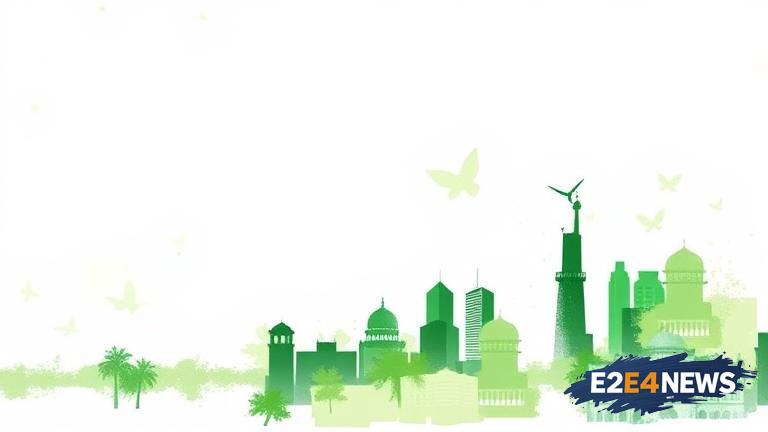Bangladesh, a country located in South Asia, has been making significant strides in its economic development. The country’s economy has been growing at a steady rate, with a GDP growth rate of over 8% in recent years. The garment industry, which is the country’s largest export earner, has been a major driver of this growth. The industry has been experiencing rapid expansion, with many international brands setting up manufacturing units in the country. Remittances from Bangladeshi workers abroad have also been a significant contributor to the country’s economy. The agricultural sector, which is the largest employer in the country, has also been performing well, with the country achieving self-sufficiency in food production. The government has been implementing various policies to promote economic growth, including investment in infrastructure, education, and healthcare. The country has also been making efforts to improve its business environment, with the introduction of policies such as the Bangladesh Investment Development Authority. The IT sector has also been growing rapidly, with many international companies setting up operations in the country. The country’s economic growth has also been driven by its strategic location, with Bangladesh being a key player in regional trade agreements such as the Bay of Bengal Initiative for Multi-Sectoral Technical and Economic Cooperation. The country has also been making efforts to diversify its economy, with a focus on developing its tourism, pharmaceutical, and renewable energy sectors. Despite the many challenges it faces, including corruption, infrastructure constraints, and a shortage of skilled workers, Bangladesh’s economy is expected to continue growing in the coming years. The country’s economic growth has also been recognized by international organizations, with the World Bank predicting that Bangladesh will be one of the fastest-growing economies in the world by 2025. The Asian Development Bank has also predicted that Bangladesh will achieve upper-middle-income status by 2030. The country’s economic growth has also been driven by its young and growing population, with over 60% of the population under the age of 30. The government has also been implementing policies to promote entrepreneurship, with the introduction of initiatives such as the Startup Bangladesh program. The country has also been making efforts to improve its digital infrastructure, with the introduction of policies such as the Digital Bangladesh program. The country’s economic growth has also been driven by its growing middle class, with an increasing number of people having access to education, healthcare, and other services. The country’s economic growth has also been recognized by international investors, with many companies investing in the country’s stock market. The country’s economic growth has also been driven by its growing trade relationships, with the country signing trade agreements with countries such as India, China, and the European Union. Overall, Bangladesh’s economic growth is expected to continue in the coming years, driven by its thriving garment industry, remittances, and agricultural sector, as well as its growing IT sector, tourism industry, and renewable energy sector.
